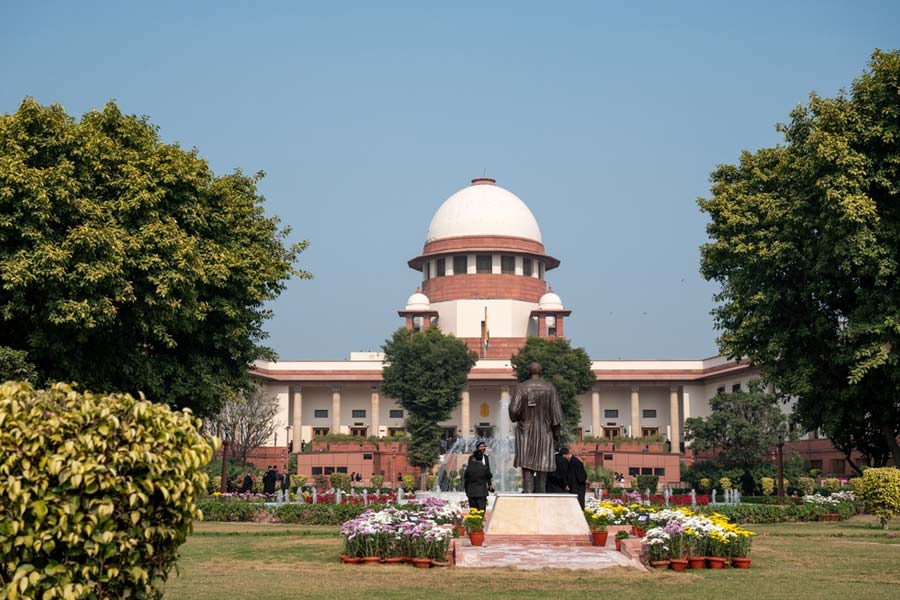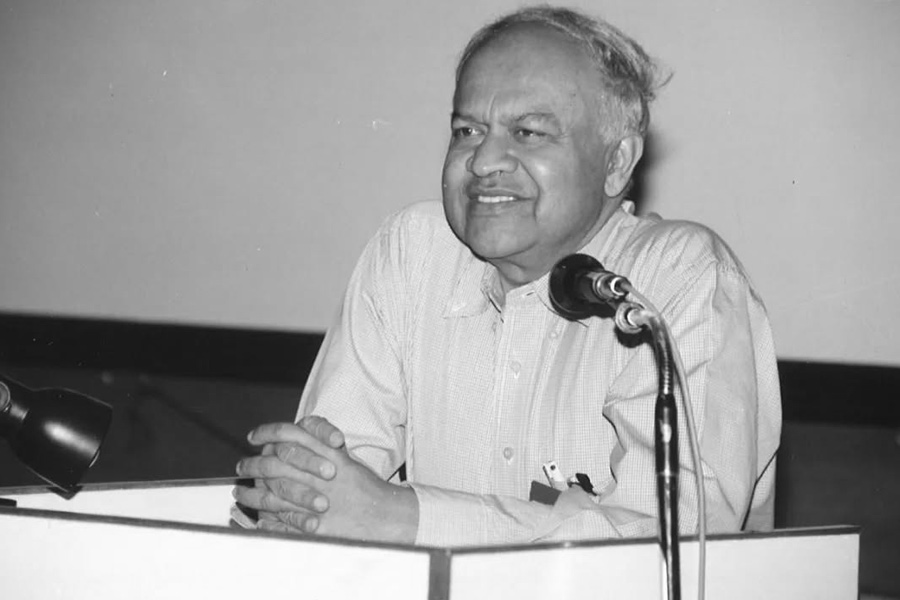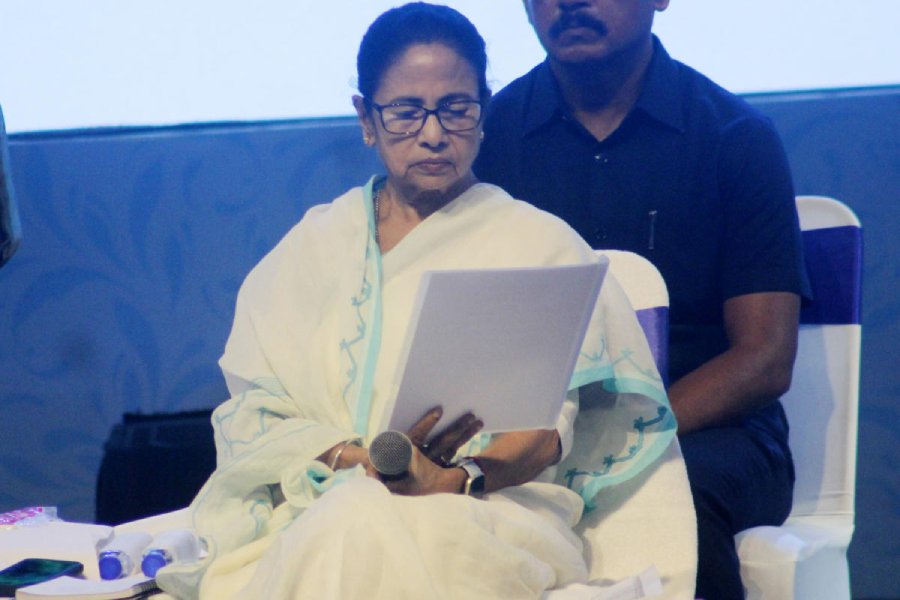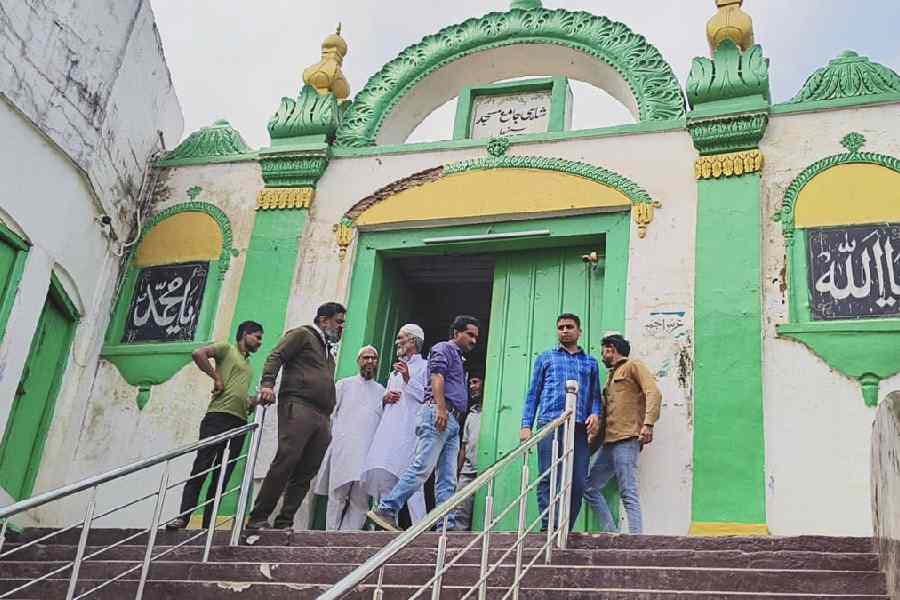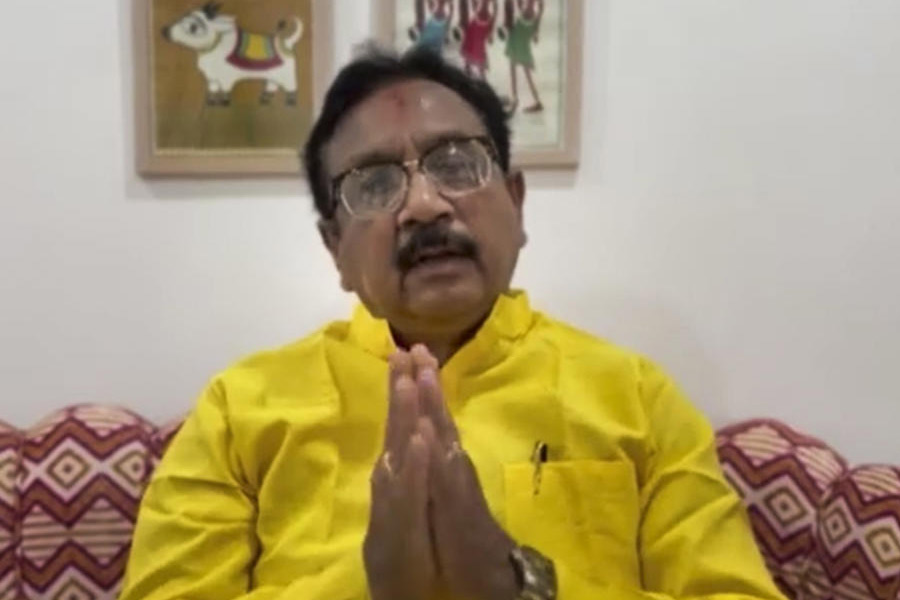 |
| The wheels of the chariots before they were fixed to the cars. Picture by Sanjib Mukherjee |
The giant wood chariots are ready to roll down Grand Road. Around 13,000 cubic feet of wood went into making the three colossal cars, which are perhaps the tallest and biggest among wood chariots made for the rath yatra.
According to sources, the Nayagarh and Khurda forest divisions donated nearly 13,000 cubic feet of wood to the Jagannath temple administration for constructing the chariots.
Wood from trees like asana, dhaura, phasi, mahi and simili was used to make the chariots. While nearly 72 pieces of phasi wood were used for the construction of the wheels (the three chariots have a total of 42 wheels), wood from asana and dhaura trees was used to construct the body and deck of the cars, sources said.
 |
The carpenters, who built the chariots, claimed that the size of chariots made here is bigger than cars built anywhere else.
While the chariot of Taladhwaja (Lord Balabhadra) is 45-ft high, those of Nandighosha (Lord Jagannath) and Devadalan (Devi Subhadra) stand at 45.6ft and 44.6ft respectively, sources said
“This year we provided around 10,800 cubic feet of wood for the construction of the chariots. Since phasi logs had been scarce over the past few years, this time we requested local residents to donate phasi timber towards building the chariots. A few of them donated around 2,500 cubic feet of phasi wood,” said an official of the Nayagarh forest division.
 |
The forest department has also undertaken plantation on 400 hectare of land in the Nayagarh forest division. The project is called Jagannath Bana Prakalpa.
In 2000, the king of Puri had inaugurated the project. Many of the trees that go into construction of the cars can be found at the plantation site. The trees, however, can be used for construction of the cars after 35 years, sources said. Besides, in 1989 the forest department had executed a massive phasi plantation project on 20 hectare of land in the Khandapada forest range. These trees will mature in the next five years, sources added.
The shrine officials, meanwhile, denied they had faced any scarcity of wood — particularly phasi — for the construction of chariots.
“There is no scarcity of phasi wood. Two years ago we located a number of dense phasi forests on the banks of the Mahanadi and Kusumi rivers near Khandapada in Nayagarh district. The large number of phasi trees will, we hope, be adequate for construction of the chariots even hundred years from now,” Laxmidhar Pujapanda, the Jagannath temple’s public relations officer, told The Telegraph.
 |
According to forest officials, the current market value of the wood used to build the chariots is nearly Rs55 lakh. Not less than 1,000 trees of various species are felled every year for the purpose of building chariots.
Asked why the temple administration is not making permanent wood chariots to save the large number of trees being felled every year, a temple official said it would go against tradition. “Since time immemorial, chariots have been made afresh every year. After the end of the festival, the wood will be used as firewood in the temple kitchen,” he added.


